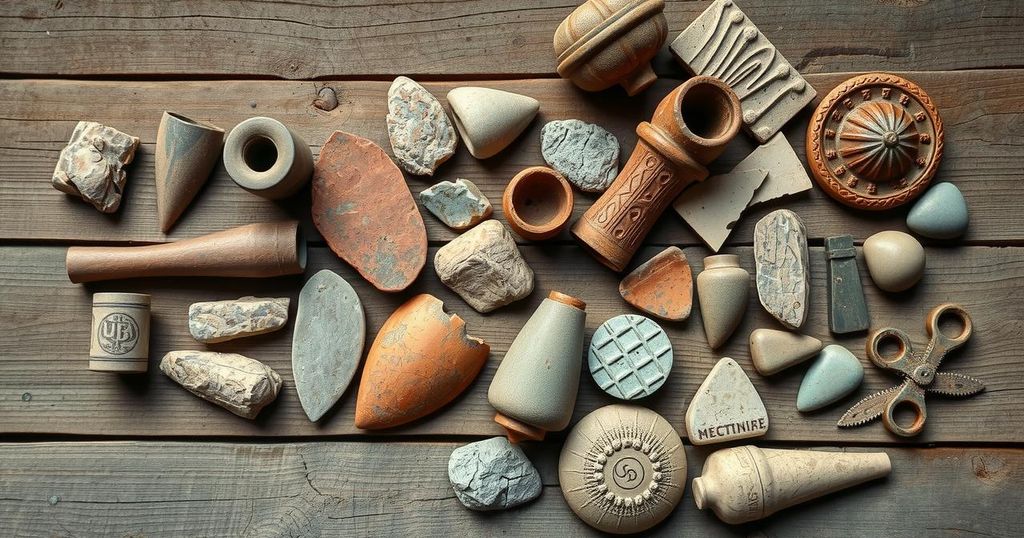St Bartholomew’s Hospital is restoring the Hogarth Stair, showcasing paintings by William Hogarth and other historic features as part of a £9.5 million project. The Sharing Historic Barts initiative aims to enhance the hospital experience for patients and visitors, with completion expected this autumn.
A restoration project at St Bartholomew’s Hospital, London’s oldest functioning hospital, is nearing completion. The Hogarth Stair will feature two large paintings by William Hogarth, The Good Samaritan and The Pool of Bethesda, showcasing as part of a £9.5 million renovation of the 1732 Grade I-listed North Wing.
The restoration includes other significant elements, such as an ornate banquet room, a baroque gatehouse, a statue of King Henry VIII, and the Great Hall’s gilded ceiling, designed by Jean Baptiste St Michell, marking his only contribution to England.
Hogarth, who lived near the hospital, created these works between 1735-37 as a gift when he learned of an Italian artist’s commission. The renovations aim to provide a welcoming space for patients, visitors, and staff by this autumn.
Barts Heritage is leading the two-year Sharing Historic Barts project, funded in part by the National Lottery Heritage Fund. Chief Executive Will Palin mentioned the importance of integrating this historic site into the hospital’s life while opening it to the public.
Elish McGuiness, of the National Lottery Heritage Fund, emphasized the site’s uniqueness and therapeutic potential, allowing visitors to escape into its beautiful 18th-century environment, even briefly, for a restorative experience.
The ongoing restoration of St Bartholomew’s Hospital highlights the importance of preserving cultural heritage within functional spaces. With the works of Hogarth and other historic elements on display, the project aims to enrich the hospital experience for all, inviting public engagement and appreciation of history. Planned completion this autumn will provide a unique escape into Britain’s artistic past.
Original Source: www.bbc.com







